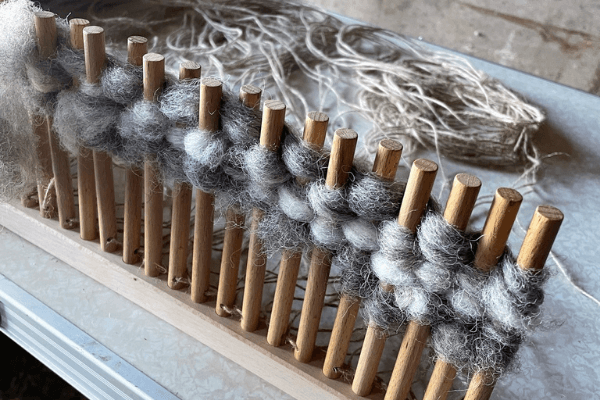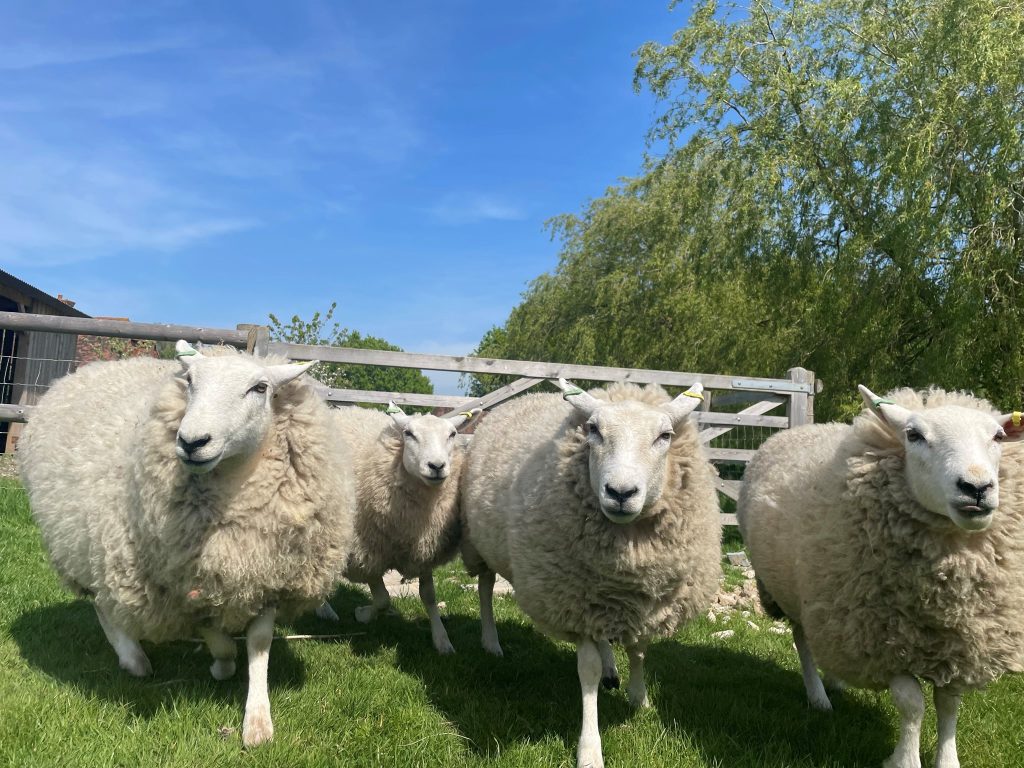‘Wool Ewe’ Look at that! – Rural Community, Millie

Welcome to the newest segment of our rural blog where we are featuring farmers from all kinds of backgrounds to raise their profile and help represent the incredible work that goes on in the rural community – told by none other than the farmers themselves! In this post we’ve collaborated with Millie (@thesheepmidwife), who used to work in the public services but is now a shepherdess based in Kent. This month Millie’s given us a little insight into shearing on her farm…
After my first blog highlighted the ups and downs of farming; I wanted to use this second opportunity to talk about wool.
Shearing time is one of the most important times of year for a shepherd or shepherdess and for most, it puts a big hole in their pockets. Shearing day is a long one; we have to gather up all our sheep from round the county and bring them to one place to take off their wool they have been growing for a year. It kept them warm over winter but now it’s time to come off. We personally pay for a shearer to come and shear our small flock; and it costs me more to shear them than the wool itself is worth. That is no disrespect to the shearer as they deserve to be paid for their service. It’s the value of wool that’s is crazy to me! You can send off bags and bags off wool and barely receive any money back for it. Wool deserves so much more credit than it receives.

We usually send most of our wool off to be graded and checked, but over the past couple of years I’ve tried to come up with different ways to use it. Did you know you could use wool in your flower beds or compost heaps? Some smallholders I’ve spoken to will spin the wool themselves to make up yarn for knitting. Some others have come up with ways of felting the fleece and making it into a “felted sheep vegetarian rug.” I personally wash out the wool, and use it on a peg loom: where you weave the wool in and out of the pegs to create bed throws, cushions, seat pads etc.. (see the picture at the top of this blog!)

This year I would like to turn the lanolin in the wool into hand cream!
So wool isn’t just for carpets and jumpers.
To anyone who is interested in crafting with raw wool – why not ask a local farmer, or search for some fleeces online? Have a go, and see what you can make with it. Or if you are not a crafty person, why not look at purchasing some wool crafts made by smallholders or farmers who use their own wool? That way, you skip out the middle man and pay for the product directly.
If you’re a farmer and you’d like to contribute in our campaign to raise awareness for the incredible work of farmers in agriculture, please drop us a DM on Instagram – @aplanrural







